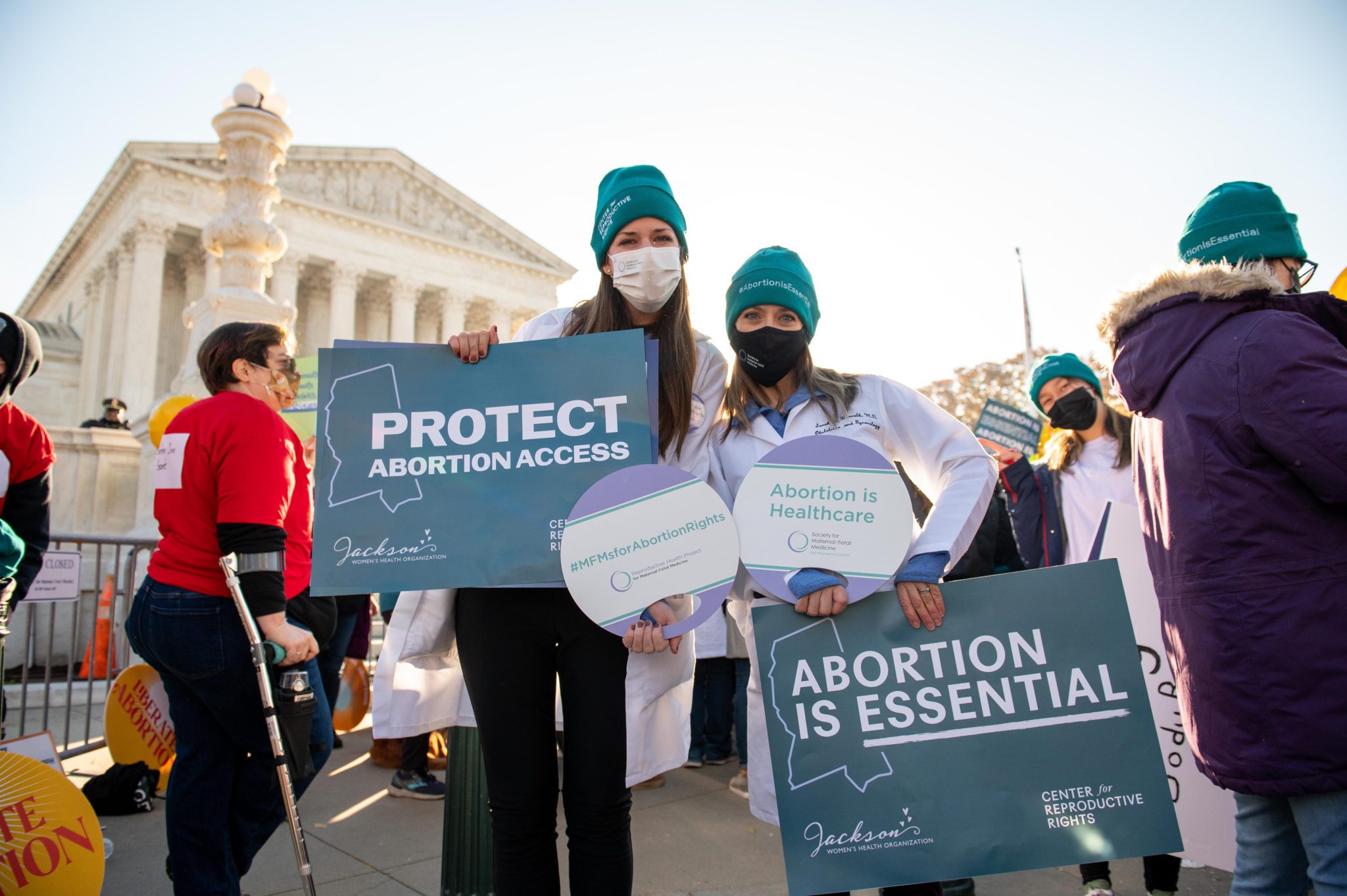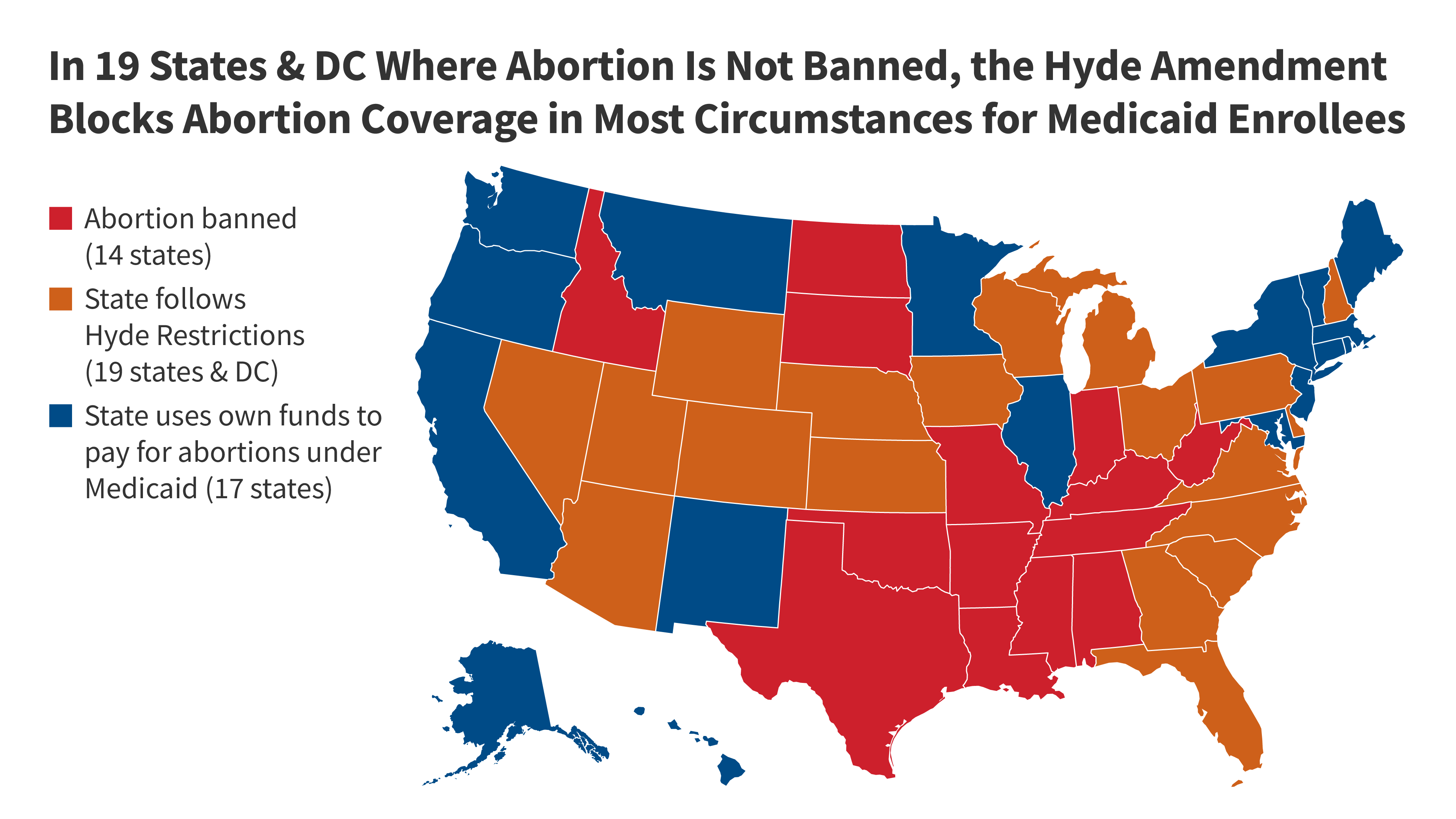- Joined
- Jul 17, 2020
- Messages
- 47,360
- Reaction score
- 26,051
- Location
- Springfield MO
- Gender
- Male
- Political Leaning
- Liberal
Due to Roe v Wade, those women who wanted an abortion could get one, and those who didn’t could maintain pregnancy. What is wrong with that? Women making their own decisions. For more:
“In 1973, the U.S. Supreme Court’s ruling in Roe v. Wade recognized that the decision whether to continue or end a pregnancy belongs to the individual, not the government. Roe held that the specific guarantee of “liberty” in the Fourteenth Amendment of the U.S. Constitution, which protects individual privacy, includes the right to abortion prior to fetal viability.
After Roe, and up until its decision to overturn Roe in 2022, the Supreme Court repeatedly reaffirmed that the Constitution protects for abortion as an essential liberty, which is tied to other liberty rights to make personal decisions about family, relationships, and bodily autonomy.
In its 1973 decision Roe v. Wade, the Supreme Court recognized that the right to liberty in the Constitution, which protects personal privacy, includes the right to decide whether to continue a pregnancy. For the first time, Roe placed reproductive decision-making alongside other fundamental rights, such as freedom of speech and freedom of religion, by conferring it the highest degree of constitutional protection, known as “strict scrutiny.”
The Supreme Court required the state to justify any interference with the right to access abortion by showing that it had a “compelling interest,” and held that no interest was compelling enough to ban abortion before viability. After the point of viability, the state could ban abortion or take other steps to promote its interest in protecting the fetus. Even after that point, however, abortion must be permitted to protect a patient’s life and health.
In recognizing the right to abortion, Roe was consistent with earlier Supreme Court rulings recognizing a right of privacy that protects intimate and personal decisions—including those affecting child-rearing, marriage, procreation, and the use of contraception—from governmental interference. By guaranteeing the right to make decisions in pregnancy, Roe was critical to advancing gender equality in educational, economic, and political spheres.
At the time Roe was decided in 1973, nearly all states banned abortion, except in certain limited circumstances. Criminal abortion bans contributed to the death of scores of people who were unable to access safe, legal abortion. Under Roe, these bans were unconstitutional, making abortion legal, more accessible, and safer for many pregnant people throughout the country.
While Roe’s legal implications were enormous, even Roe could not make access a reality for everyone, and low-income people, people of color, young people, and others continued to face obstacles to abortion care.“

 reproductiverights.org
reproductiverights.org
Then along comes Trump who made a POLITICAL decision (not a moral one) to gain political capital from the anti-extremist evangelists and their fellow travlers, extremist Catholics, by appointing anti-extremist jurors to the SC. Not only that, but every one of them lied to Congress by claiming that Roe was “settled law” but then overturning it at first opportunity. The result has been pure chaos, mostly affecting those at the bottom of the economic scale who do not have the financial means to travel out of state to get an abortion. Not only that, but the anti-abortion extremists want to further intrude into the personal rights and decisions of women by MONITORING THEIR MAIL to make sure that they are not receiving abortion medications.
Everything was working well under Foe v Wade until the fascist anti-abortion extremists gained too much power under Trump.
“In 1973, the U.S. Supreme Court’s ruling in Roe v. Wade recognized that the decision whether to continue or end a pregnancy belongs to the individual, not the government. Roe held that the specific guarantee of “liberty” in the Fourteenth Amendment of the U.S. Constitution, which protects individual privacy, includes the right to abortion prior to fetal viability.
After Roe, and up until its decision to overturn Roe in 2022, the Supreme Court repeatedly reaffirmed that the Constitution protects for abortion as an essential liberty, which is tied to other liberty rights to make personal decisions about family, relationships, and bodily autonomy.
In its 1973 decision Roe v. Wade, the Supreme Court recognized that the right to liberty in the Constitution, which protects personal privacy, includes the right to decide whether to continue a pregnancy. For the first time, Roe placed reproductive decision-making alongside other fundamental rights, such as freedom of speech and freedom of religion, by conferring it the highest degree of constitutional protection, known as “strict scrutiny.”
The Supreme Court required the state to justify any interference with the right to access abortion by showing that it had a “compelling interest,” and held that no interest was compelling enough to ban abortion before viability. After the point of viability, the state could ban abortion or take other steps to promote its interest in protecting the fetus. Even after that point, however, abortion must be permitted to protect a patient’s life and health.
In recognizing the right to abortion, Roe was consistent with earlier Supreme Court rulings recognizing a right of privacy that protects intimate and personal decisions—including those affecting child-rearing, marriage, procreation, and the use of contraception—from governmental interference. By guaranteeing the right to make decisions in pregnancy, Roe was critical to advancing gender equality in educational, economic, and political spheres.
At the time Roe was decided in 1973, nearly all states banned abortion, except in certain limited circumstances. Criminal abortion bans contributed to the death of scores of people who were unable to access safe, legal abortion. Under Roe, these bans were unconstitutional, making abortion legal, more accessible, and safer for many pregnant people throughout the country.
While Roe’s legal implications were enormous, even Roe could not make access a reality for everyone, and low-income people, people of color, young people, and others continued to face obstacles to abortion care.“

Roe v. Wade - Center for Reproductive Rights
The landmark U.S. Supreme Court ruling recognizing the right to abortion.
 reproductiverights.org
reproductiverights.org
Then along comes Trump who made a POLITICAL decision (not a moral one) to gain political capital from the anti-extremist evangelists and their fellow travlers, extremist Catholics, by appointing anti-extremist jurors to the SC. Not only that, but every one of them lied to Congress by claiming that Roe was “settled law” but then overturning it at first opportunity. The result has been pure chaos, mostly affecting those at the bottom of the economic scale who do not have the financial means to travel out of state to get an abortion. Not only that, but the anti-abortion extremists want to further intrude into the personal rights and decisions of women by MONITORING THEIR MAIL to make sure that they are not receiving abortion medications.
Everything was working well under Foe v Wade until the fascist anti-abortion extremists gained too much power under Trump.


